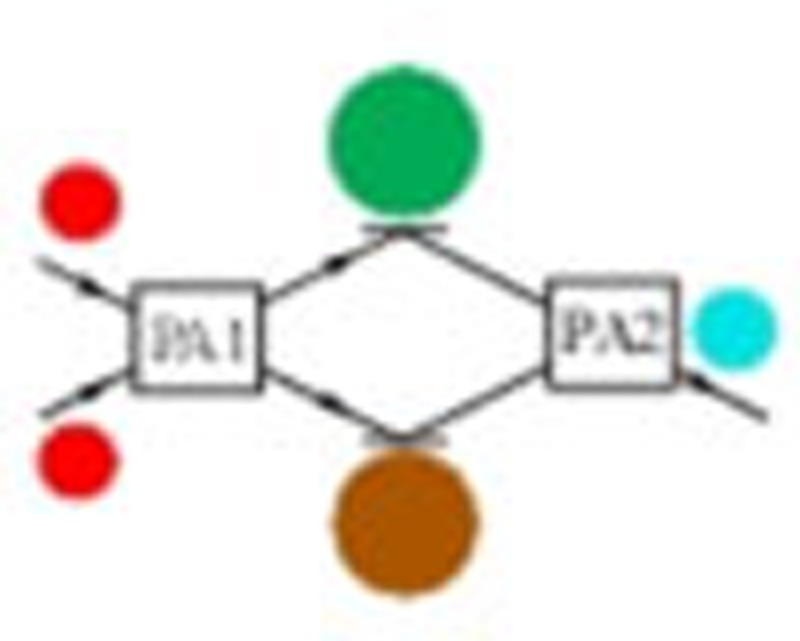- Record: found
- Abstract: found
- Article: found
Quantum metrology with parametric amplifier-based photon correlation interferometers

Read this article at
Abstract
Conventional interferometers usually utilize beam splitters for wave splitting and recombination. These interferometers are widely used for precision measurement. Their sensitivity for phase measurement is limited by the shot noise, which can be suppressed with squeezed states of light. Here we study a new type of interferometer in which the beam splitting and recombination elements are parametric amplifiers. We observe an improvement of 4.1±0.3 dB in signal-to-noise ratio compared with a conventional interferometer under the same operating condition, which is a 1.6-fold enhancement in rms phase measurement sensitivity beyond the shot noise limit. The improvement is due to signal enhancement. Combined with the squeezed state technique for shot noise suppression, this interferometer promises further improvement in sensitivity. Furthermore, because nonlinear processes are involved in this interferometer, we can couple a variety of different waves and form new types of hybrid interferometers, opening a door for many applications in metrology.
Abstract
 Interferometers play a key role in precision measurements and metrology. Here, the
authors demonstrate a new type of interferometer that replaces the standard beam splitter
elements with parametric amplifiers, which provides enhanced performance compared
with a Mach–Zehnder interferometer.
Interferometers play a key role in precision measurements and metrology. Here, the
authors demonstrate a new type of interferometer that replaces the standard beam splitter
elements with parametric amplifiers, which provides enhanced performance compared
with a Mach–Zehnder interferometer.
Related collections
Most cited references20
- Record: found
- Abstract: found
- Article: found
Quantum-enhanced measurements: beating the standard quantum limit
- Record: found
- Abstract: found
- Article: found
Nonlinear atom interferometer surpasses classical precision limit
- Record: found
- Abstract: found
- Article: not found